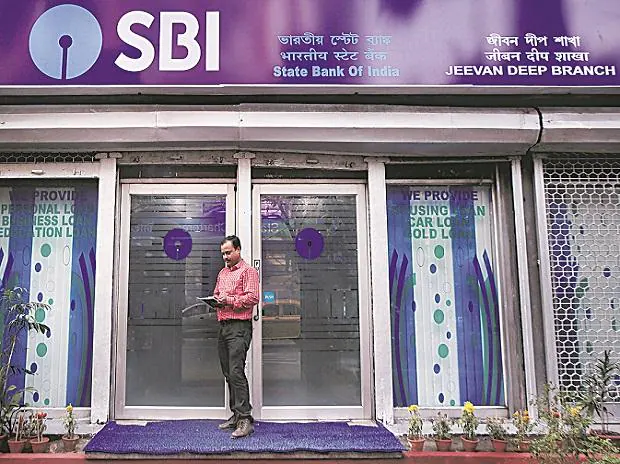[ad_1]
State Bank of India (SBI) has increased its marginal cost of funds-based lending rate (MCLR) by 20 basis points (bps) across tenors from August 15, announcing the decision after the monetary policy committee (MPC) raised benchmark policy rates by 50 bps earlier this month to tame headline inflation.
SBI’s overnight, one-month, and three-month MCLR stands at 7.35 per cent; six-month is at 7.65 per cent; one-year at 7.70 per cent; two-year at 7.90 per cent; and three-year MCLR stands at 8 per cent, according to its website.
The country’s largest lender also hiked its external benchmark-based lending rate (EBLR) and repo-linked lending rate by 50 bps, with effect from August 15.
SBI has increased its MCLR by 50 bps since May and by 60 bps since April. The Reserve Bank of India’s rate setting committee has increased the repo rate by 140 bps since May, taking the aggregate to 5.40 per cent. The repo rate was raised by 40 bps in May, and then by 50 bps in June. The MPC again decided to raise the benchmark policy rate, repo rate, by 50 bps in June.
HDFC Bank, IDFC First Bank, and Canara Bank, are some other private and state-owned lenders to raise their MCLR.
RBI data shows that about 43.6 per cent loans in the banking system are linked to an external benchmark, which could be the repo rate or yields on government securities such as 91-day and 182-day treasury bills. About 49.2 per cent of such loans are linked to the MCLR.
According to an RBI paper an increase of 100 bps in the policy rate under the MCLR regime leads to a rise of 26-47 bps in the weighted average lending rate of banks versus 11-19 bps during the base rate regime. RBI instituted the MCLR system on April 1, 2016. Under this system, banks are expected to determine their benchmark based on the formula prescribed for the calculation of the marginal cost of funds, reducing the scope for discretion from that during the base rate regime.
The RBI paper concluded that the performance of MCLR regime on transmission has not been satisfactory. The RBI, in October 2019, mandated an external system wherein any change in the benchmark rate is mandated to be passed on to the lending rates for new and existing borrowers on a one-to-one basis. The system restricted banks from adjusting their spreads for existing borrowers for a period of three years in the absence of any significant credit event.
While lenders have been quick to pass on the repo rate hike by the MPC to borrowers, their deposit rates have not kept pace. This is because the banking system liquidity is still in surplus mode so there is enough liquidity in the system to support the credit growth in the economy.
RBI governor Shaktikanta Das on August 5 said banks cannot rely on the central bank on a “perennial basis” to support credit offtake. “They must mobilize their own resources and their own funds. For supporting the credit off-take, the banks will raise their deposit rates and they will take efforts to mobilise more deposits,” he said.
SBI last week raised interest rates on select fixed deposits tenors by up to 15 bps. The lender will now offer fixed deposit interest rates ranging from 2.90 per cent to 5.65 per cent, depending upon the tenors.
[ad_2]
Source link



